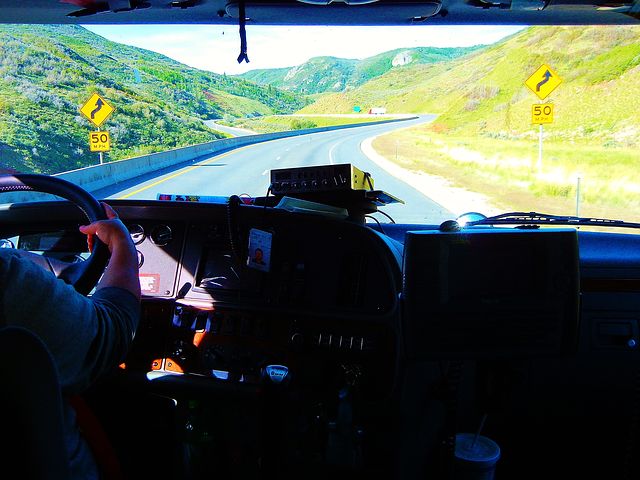Experts Say Safety Doesn’t Lie only with Driver

Source: Pixabay.com
An expert says changes to safety law should see the entire chain responsible for road safety and not just drivers.
In a submission to a NSW Parliamentary Inquiry, academics argued that heavy vehicle safety should reach beyond the truck cabin.
One of the academics is Macquarie University associate professor Louise Thornthwaite and another UNSW Canberra academic Sharron O’Neill. In their submission to the NSW parliament’s Joint Standing Committee on Road Safety, also known as the Staysafe Committee, the academics revealed research which showed that drivers were fearful to refuse schedules they felt were unsafe and unrealistic due to fear of dismissal and loss of work.
This revealed that focusing on individual driver behaviour was not practical as a way of reducing the risk of injury or fatalities. Chain of responsibility participants need to be more willing to meet their safety obligations and make safety the priority.
“With the current operation of work health and safety regulations in the heavy vehicle sector in Australia, enforcement resources are directed disproportionately at drivers, rather than those further up the CoR who are actually involved in the negotiation of contractual terms that, ultimately, impact safety,” they wrote.
Source: https://www.fullyloaded.com.au/industry-news/1804/look-beyond-cabin-for-safety-change-experts
They also believe that in-vehicle speed and fatigue detection technology should be used as a level 3 risk control – the same level as personal protective equipment. This means they should be considered an additional layer of protection against failures of higher order management system controls such as scheduling for example.
Researchers said technology as a behavioural control could bring other hazards relating to distraction, stress and anxiety.
“Alerts signal a need to review, in the first instance, the adequacy of organisational systems for managing speed/fatigue risk,”
“If the intent is for these in‐vehicle technologies to provide evidence of effective safety management systems, including scheduling and other safety critical practices, then they may encourage compliance along the CoR by those at the supply chain apex.”
Source: https://www.fullyloaded.com.au/industry-news/1804/look-beyond-cabin-for-safety-change-experts
The researchers said policymakers should base new safety initiatives on accurate understanding of the factors that lead to accidents, one of them being the behaviour of light vehicle drivers around trucks.
Researchers say building on this understanding would create a number of additional opportunities for safety interventions including technological opportunities.
“A need to prioritise organisational and structural (safe design) solutions over behaviour controls… is an essential tenet of the hierarchy of control approach embedded in work health and safety regulation,” the researchers say
Source: https://www.fullyloaded.com.au/industry-news/1804/look-beyond-cabin-for-safety-change-experts
Researchers suggest extending the use of point-to-point cameras, with some drivers saying this helped reduce the pressure to speed, further along regional routes.
Technology in the form of apps helped to identify quality rest areas with parking availability and identify ways to improve oversight of roadworks, ensure signage is accurate and up to date.

